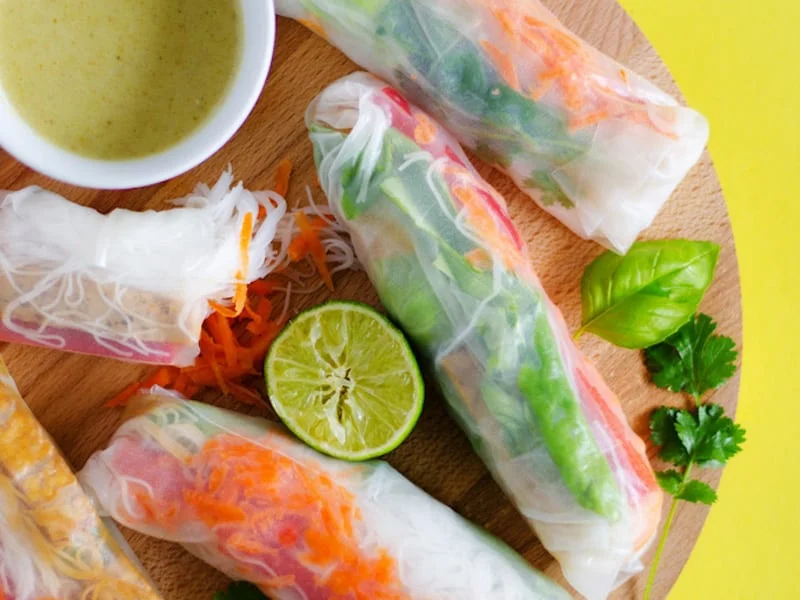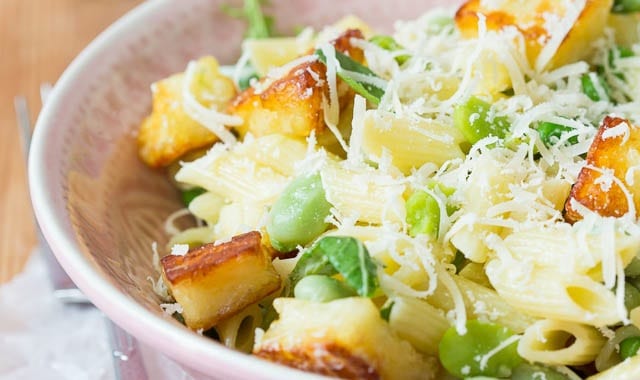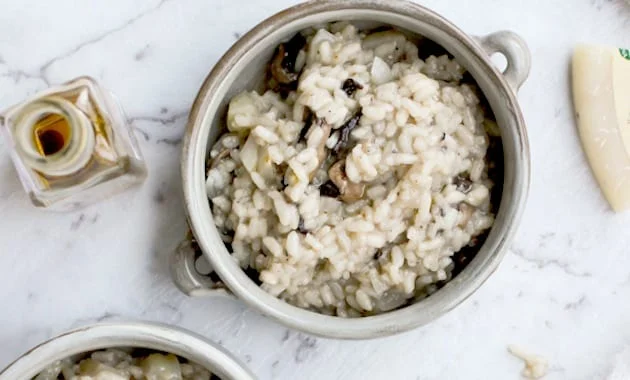Pepper Passport delivers and shares stories that showcase 'the good'…
Kermit the Frog might have said, “it’s not that easy being green”, but as Bruno Loubet has shown via London’s Grain Store, it really is. And it’s a new menu approach that’s taking off and receiving high praise both with the industry and patrons.
By Pepper Passport
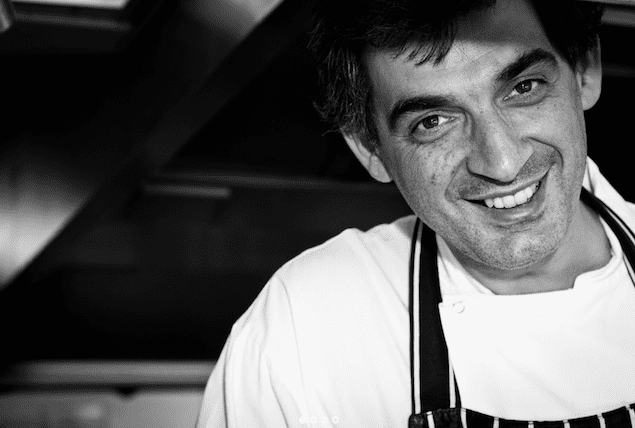
“For me, it’s the future. I’d like to believe in ten years time the norm won’t be a big piece of meat and a little bit of vegetables, because it’s not sustainable to continue consuming such large amounts of meat. It’s very bad for the planet, and to think in the Amazon they are clearing rainforest to grow soybeans for Europe – how stupid is that!”
Last year, a Bordeaux-born and classically trained chef began a very different restaurant project. Bruno Loubet, one of Europe and Australia’s most highly regarded culinary figures for his knack of heading up restaurants everyone wishes were their local, opened Grain Store.
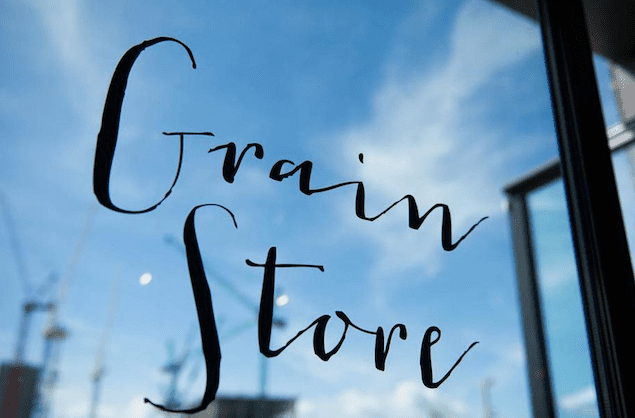
Created in partnership with London’s Zetter Group, it was unlike his previous and current projects, with the nods to French cuisine and bistro fare gone. Instead there was a new direction, that while not influenced by an organic and eclectic idea, was for the hospitality industry – to give vegetables the starring role on the plate, and the meat, a supporting one. It wasn’t to be a vegetarian restaurant, just one where all that’s good from the ground is given centre stage and celebrated seasonally.
At first the menu was met with a little apprehension, with staff taking time to explain and break down the new approach to diners, but with time, it’s been firmly adopted both by critics and consumers. Culminating last week, when Bruno and Zedder Group took home ‘Menu of the Year’ for Grain Store at the Catey Awards. It’s a London ceremony that casts the spotlight on the industry’s highest flyers and influential players – and winners are held in highest regard, for unlike other awards, recipients are nominated, selected and rewarded by their peers.

Kermit the Frog might have said, “it’s not that easy being green”, but as Bruno has shown it really is. And as the transcript from our discussion below shows, is very much the way to go.
PP. What’s your day on a plate look like?
B.L: I wake up, have a coffee, and then avoid it for the rest of the day. Then I’ll eat fruits, or something like avocados and tomatoes, perhaps with some vinaigrette. I don’t have eggs in the morning.
There’s always an apple eaten on the way to the bus. You see, I get the bus and then a train to King’s Cross Station – it takes about one hour and 15 minutes from my front door, to Grain Store (G.S), because I’m crossing the city. But we’re moving to the north soon. It’s outside of the city and not far from Cambridge, but it’ll end up being quicker for me to get to work from there, than where I am now. But that’s London!

At G.S we cook vegetarian for the staff. And if we have some meat left, we will use that too, but that’s quite rare. I eat like the staff, unless I have a lunch after the service… perhaps a friend will come to say hi, and then I might have a dish from the menu. But I intend to stick with vegetables. And I feel better when I eat less meat.
Before I would have meat at every meal – it was easy because it was always there and the ‘norm’. But then I decided to avoid it a little, and really apply what we do at the restaurant to me, and the kitchen at home. So I started a year and half ago, and lost ten kilos in three months! But I might have put some back on after the Noosa International Food and Wine festival… we’ve been eating, breakfast, lunch and dinner catching up with friends. It’s great. It never stops, but I am sure there are five extra kilograms coming back with me!
But back in London I am disciplined even though I don’t exercise. Because it’s a hard job and you’re on your feet all day, so you do need all the energy you can. If I went to the gym I’d be sleeping during the day. I’m lucky and blessed in my genes – I do 16-hour days, and younger ones can’t do it – and I’m twice their age!
So I think the greener eating approach is a good step. And I’m physically well, and at 6 foot three you distribute it! I would love to do a little exercise, because at my age (52) it’s not the same as your 20s and 30s – you get older and the food stays with you more.
PP: It’s quite an open ended question and available for your own interpretation, but how do you ‘approach’ cooking?
B.L: In the past couple of years it’s changed because of the G.S project. And my style of cooking has changed with G.S – because as a chef you’re programmed to approach a dish in a certain way. You look at your meat or fish, and you think, “I have guinea foul and it’s spring, so let’s put some nice little spring vegetables there. And a jus – maybe flavoured with some thyme or tarragon.” So that’s the way you think about putting together the dish.
But now, it’s turned into, “OK. At the moment I can find five different types of aubergine. This one is firm and dense – like the Asian ones – that’s good for pickling. But, this one is very soft – so maybe a puree with miso. That Sicilian one is meaty and large, so will be very good for grilling. Then you think of the flavourings and introduce those, and finally at the end it’s ‘Oh by the way, what meat do I put with that?!”
And, you would use lamb – but not the rack, because it’s not sustainable and everyone uses it. So the ‘nose to tail’ approach comes into play – to use an animal and all of it. And very often, but not always, the most flavoursome is the secondary part. Like the belly. So for that dish you would sous-vide it, cook it down to be lovely and soft, and then during service caramelize it on the plancha – it’s then golden outside, soft inside and perfect with your aubergine. It’s not lamb with some aubergine.
So the process has changed. At the beginning I had to discipline myself after 25 years to think in a new way. But now it’s natural and to a point when I think, “Oh Shit! I need some meat on this menu!”
PP: Do you find the diners in the United Kingdom are quite ‘meat centric’?
B.L: Yes. Especially when you look at the London food scene in the last 10 years. There are so many steak, lobster and burger restaurants, and there’s fast food too. They all push the animal protein. And they love their meat, and people do think, “If you have a meal with meat it’s tasty, but if there’s no meat, it’s not tasty.” And we found that with G.S at the start, but now we are in a good position and don’t need to force the message. But at the beginning because the meat was secondary, and at the end of the dish description, the customer wouldn’t always get it – so the staff would explain. But now we are lucky, and with the good press received too, we are known for it.
For me, it’s the future. I’d like to believe in ten years time the norm won’t be a big piece of meat and a little bit of vegetables, because it’s not sustainable to continue consuming such large amounts of meat. It’s very bad for the planet, and to think in the Amazon they are clearing rainforest to grow soybeans for Europe – how stupid is that! And to produce beef you need around 100 times the amount of grain and water. And that again just doesn’t make sense!
PP: And it ties back into how our grandparents ate too. And if you look at the Blue Zones, in Greece and Japan, where it’s ‘the norm’ for citizens to live to a hundred, the meat consumption is much smaller.
B.L: Yes! And many will have the argument that it’s ‘normal for us to eat meat’. But it’s not and before the war, nobody was eating meat in such large quantities. They just couldn’t afford it, and now it’s only a new thing from the past 50 years, because today in the modern world, it’s a social thing and indicator of status to be able to afford meat.
And for me, ‘less meat’ is the way food will go and it will level out, and we will become more reasonable. And then when you eat less meat, you enjoy it more. It’s not like it’s force-fed and you eat it because it’s there. But, once in a while, when you have a nice piece of very good quality beef and it’s juicy and fantastic, you’ll really enjoy it.
And also, when you cook with grains, herbs and vegetables, it’s a challenge to make it interesting. I couldn’t serve just a few things and expect people to say “Bravo. It’s nice.” It doesn’t work like that.
PP. Now there is greater influence given to the importance of the seasons too…
B.L: In winter, you don’t have everything – the tomatoes are gone, but you have cabbage – so you make the best and work from that. You ferment it. And I’ve been doing things I’ve never done before. I’ve been researching processes, trying them, and they’re working out. We have a shelf in the cellar crammed with hundreds of jars filled with things fermenting. It will be great. It’s a bit kooky and eerie – so perhaps we’ll put a red cross on the front door, like a hospital.
Pepper Passport delivers and shares stories that showcase 'the good' found in food and travel. We're a destination for the avid cook, discerning & curious traveler, lover & sharer of good things, both at home & while away. Australian based, but globally focused, our office dream about where we'll eat and what we'll consume long before that mealtime arrives. We love to know more and strive to be a source of information and inspiration for those who share an interest in exploring, eating and other associated delights.


